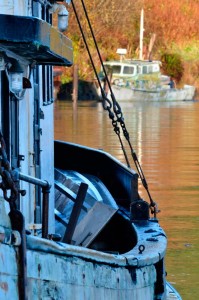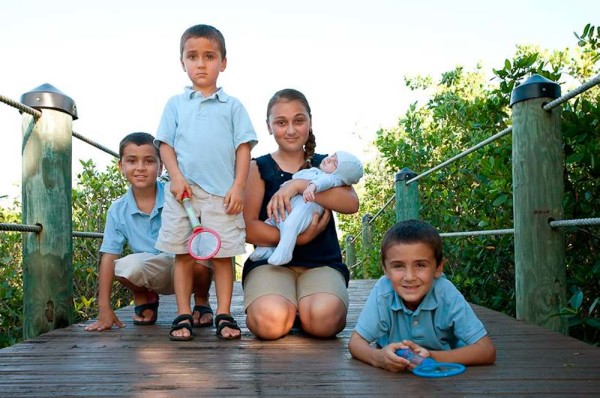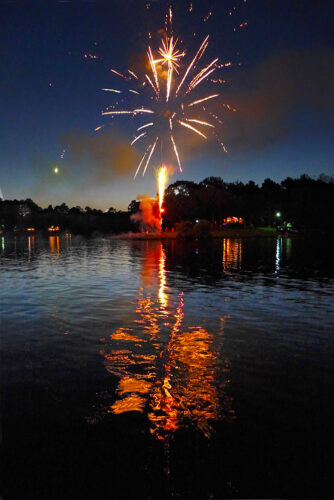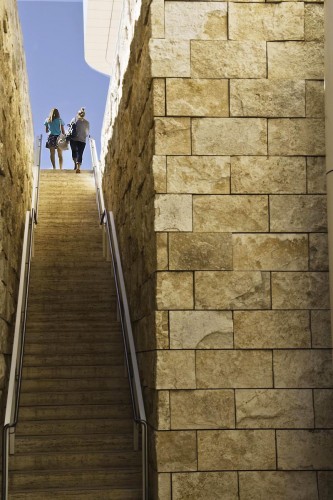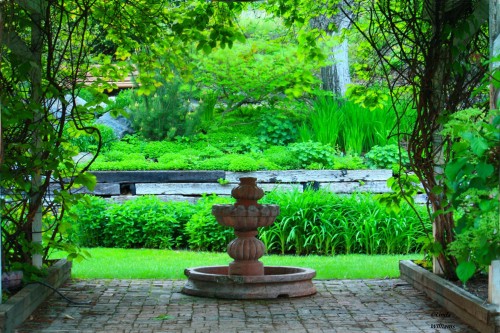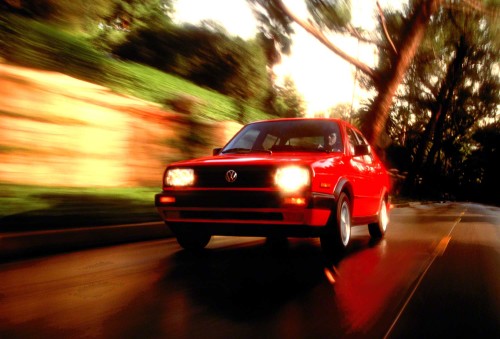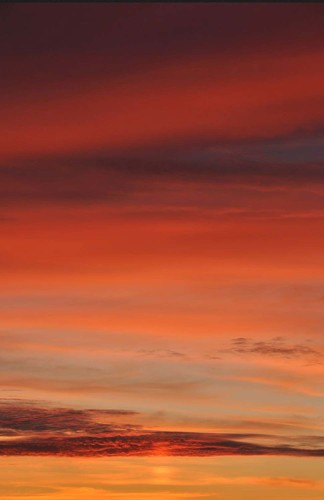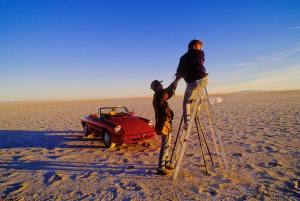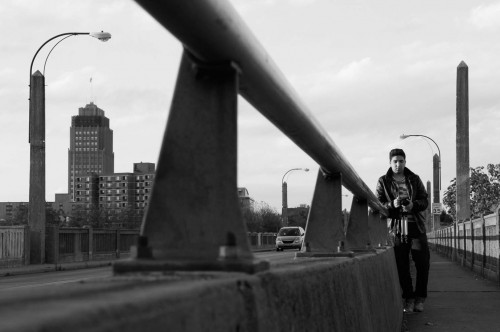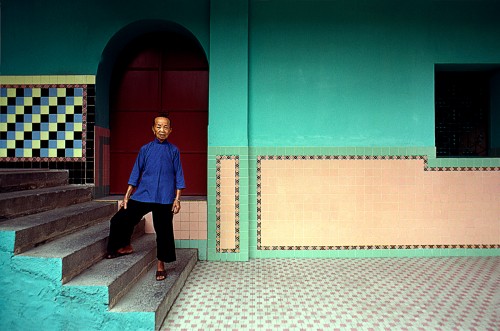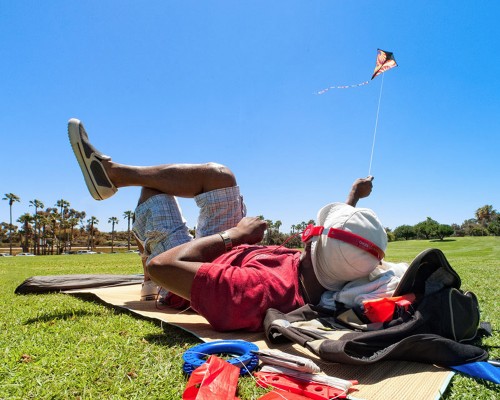
Confucius says.
Check out my new workshop on the six concepts in the Psychology of Gestalt: Gestalt Workshop link
Here’s another photo that was submitted to me from a photographer that took my online class with the BPSOP. As is usually the case, I like to show everyone exactly what the sender had to say. I’ve found that by sharing it, a lot of people might identify with it or just want to know the background, if any. Here’s what Charlie had to say:
Hi Joe,
I recently participated in a calendar-shoot project where we were assigned a quote and tasked with taking/submitting a photo that we felt was representative. My quote was “It does not matter how slowly you go, as long as you do not stop” – Confucius
I was out-and-about with my camera, with “seeing beyond first impressions” foremost in my thoughts, and I came across this gentleman who struck me as someone who was keen on making time for going slowly, something I think we should never stop doing, which may or may not be a spin on where Confucius was coming from.
Anyway, I thought about several things we learned in your Stretching Your Frame of Mind classes:
- creating illusion of depth using wide angle lens
- anchoring subject in the foreground
- creating layers of interest
- maintaining sharpness from foreground through background
I saw this man flying his kite as an opportunity to apply these ideas. I asked his permission to photograph him, which he kindly provided, then I got down on my belly and crawled in close, my lens was inches from his shoulder. In retrospect, I think I could have made the image stronger if I had followed your rule “get in so close that it hurts, then get in closer”, in this case, I got in close enough to hurt from bouncing into the kite flyer’s personal space, I should have then gone in even closer.
This photo is pretty much straight from the camera, notice how I remembered to keep the horizon level 😉 , I did a little cosmetic cleanup with Photoshop to remove a palm tree whose top was just “touching” the heel of his tennis shoe, and to remove some extraneous kite “hardware” that was making contact with the left and right edges of the frame.
As always, thank you for your review/critique and for increasing my awareness and understanding of ways to stretch one’s frame of mind – something that has stuck with me and which I use every time I’m evaluating scenes for photo possibilities or looking through my viewfinder.
Charlie Jones
San Diego
Charlie,
It’s always good to hear from my students, and to see what they’re doing. I remember your images as I always remember the ones that were consistently “up a notch”!!!
Ok, the first thing I notice is that your photo is closer to being a square format than a 2X3 ration. If you remember me saying that we don’t perceive in a square, we perceive in a rectangle. It’s extremely difficult to create Visual Tension in a square. There’s only a few that can do it; Diane Arbus comes to mind.
If this has been cropped, then it’s not “straight out of the camera”. What do you have your aspect ratio set on? Is it set on 3:2 or maybe 4:3? In my opinion it should always be set on 2X3 since that’s how we perceive.
Your image feels closed in and almost claustrophobic. You have a location that needs to be seen. Flying a kite is generally done in a large area, but you’ve made it look just the opposite.
One last note on cropping: If you crop, you’ll never know where the edges and corners of your frame are. You’ll only know when you’re sitting in front of your computer, and by then it’s too late. If photographers want to be better shooters, then I suggest they use the edges of their frame as a compositional tool. If the composition wasn’t strong enough right before you clicked the shutter, then why click the shutter?
One last note…I once read that when you crop, it’s a sign of sloppy technique and a lack of discipline. Food for thought.
Now that I got that out of the way, let’s talk about your photo:
I love your point of view! It’s what my online class and workshop is all about, and you were definitely “Stretching Your Frame of Mind” when you were composing. You were right in getting “up close and personal” as it not only creates Perspective (depth) by creating “layers of interest”, but it feels as though the viewer is also flying the kite. You also suggest a lazy blue day, a day when you have absolutely nothing better to do than “go fly a kite”.
Btw, as you probably remember, I virtually always shoot early and late and rarely shoot in the middle of the day, but this photo needs to say “a lazy blue day”.
A good interpretation of what Confucius had to say…nice job!!!
Thanks for the submission and I hope to hear from you again.
Visit my website at: www.joebaraban.com and follow me on Instagram: www.instagram.com/barabanjoe. Be sure to watch for my new workshop schedule. Come shoot with me sometime.
JoeB
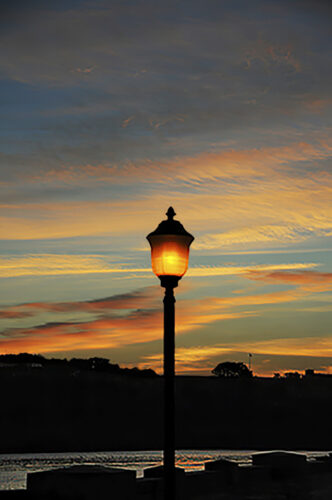 I realize that it sorta reminds one of a tongue teaser, but take it from me it isn’t.
I realize that it sorta reminds one of a tongue teaser, but take it from me it isn’t.